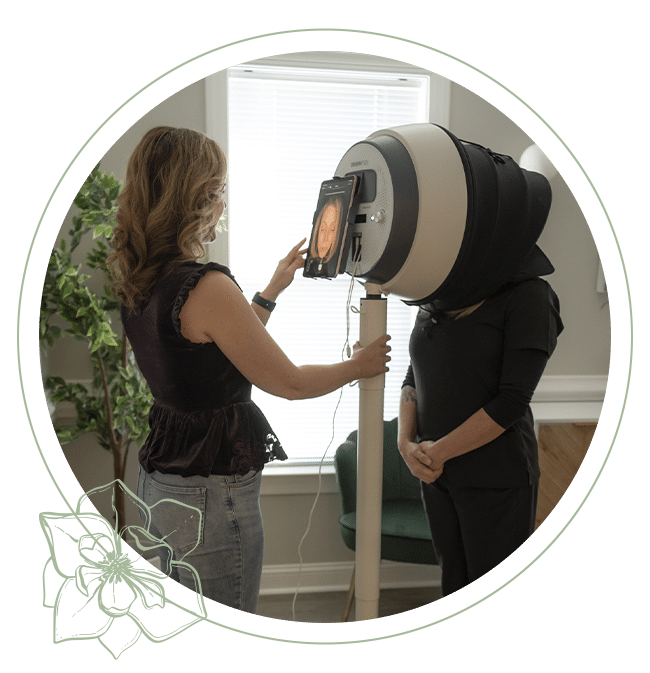Explore Advanced Med Spa Treatments in Holly Springs
When you set a goal for skin health and rejuvenation, there’s an upper limit on how far the right creams, serums, and sunblock can take you. But your better skin journey doesn’t have to stop there. At La Fleur Aesthetics, we are dedicated to pioneering regenerative skin procedures that elevate your skincare experience to new heights.
Our knowledgeable professionals are here to address your concerns and deliver revitalizing treatments that harmoniously enhance your natural beauty. Embrace the chance to create the look you’ve always envisioned—your journey to a radiant complexion starts with a skin consultation! Explore our offerings below and discover how we can help you shine with confidence and grace.

Empower Yourself with Our Skin Consultations
At La Fleur Aesthetics, we believe that the journey to achieving your beauty and wellness goals begins with a customized skin consultation. Our skilled team is here to guide you through the myriad of treatment options available, taking into account your individual skin type and concerns. Rather than applying a mix of products or therapies that may be incompatible, we’ll design a holistic treatment plan tailored specifically to you.
With the Observ 520x, a cutting-edge skin analysis device, we will be able to have comprehensive insights into your skin’s health. Utilizing advanced imaging, it reveals both surface and deep-layer conditions such as pigmentation, vascular issues, sun damage, and structural concerns that are invisible to the naked eye. This technology enables accurate diagnosis and personalized treatment plans with targeted care for your needs.
Have a big event coming up? Our customized wedding and event prep treatment plans offer personalized solutions tailored to your unique needs, ensuring your special day is truly one-of-a-kind. To get started, schedule a consultation with us today to discuss your vision and create a plan that suits you perfectly!
